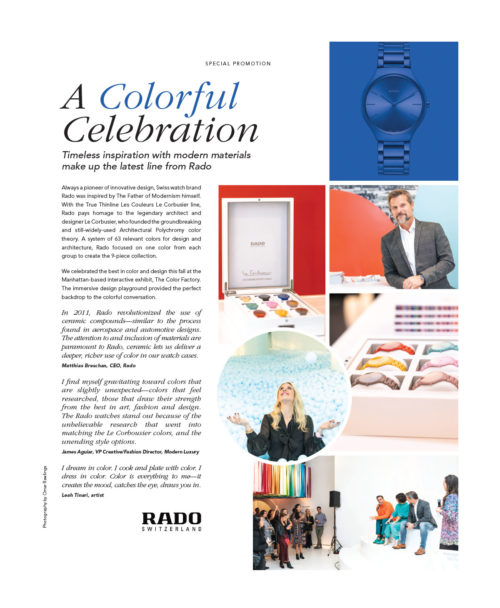Cut advertising? Drop prices?
Not the answer!
June 5, 2020 | by hi-gloss
It happens in light of every recession, every crisis, and every economic downturn. During financially challenging times, it seems as though leadership looks to marketing to make the same cuts and damaging decisions that eventually lead to a slower recovery and need for a revival of a brand’s reputation. Unfortunately, we have all been here before, so let’s learn from the mistakes of past downturns, while also considering the anomalies of COVID-19’s impact to the consumer’s decision-making process.
Consumers want to see what you’ve got
The opposite of cutting marketing budgets, further investment in advertising dollars is vital to survive in the current climate. A just-released survey from Adobe Advertising Cloud reveals that a significant chunk of the American population is still buying luxury goods and still, surprisingly enough, wants to see luxury brand’s content and advertising.
Meanwhile, despite having been hit hard by COVID-19, luxury brands haven’t exactly been hibernating. Many have quietly directed their marketing efforts at small-screen diversions—notably Christian Dior’s Designer of Dreams Paris exhibition that premiered to a virtual audience on Instagram. Luxe wristwatch brands including Patek Philippe and Rolex report they’re still receiving a steady stream of inquiries from prospective buyers. And handbag icons Chanel and Louis Vuitton have quietly boosted prices in the United States.
Though an adjustment and temperature check of the initial campaign creative and distribution strategy is necessary to respond to the consumer’s evolving sentiment, research has proven that investments won’t fall on deaf ears.



Go with a content led approach, not a pricing strategy
In order to educate consumers as to why a particular product is superior, unique and guaranteed to satisfy, brands have been furthering their investment in the creation of custom content. We believe when we do, price isn’t the deciding factor in choosing a product, allowing brands to drive the utmost revenue potential. It is not the time to lose this insight. In fact, it would be counterintuitive to drop prices and then push promotion of these products, operating under the assumption that this approach is the only means to resolve the newfound sales deficit.
These days, we’re inundated with voices from the news, voices from politicians, voices from the medical profession. And at times, it can be hard to know who to listen to or who to trust. The most successful brands will be those that develop a reputation for clear, candid, and honest communication with their audience. Content marketing and thought leadership spark that dialogue and create that connection in a much deeper way.
While the general public is going to be increasingly wary of being “advertised to,” we’ll arguably be more ready than ever for stories, which help us to empathize and to make some sense of a chaotic world. Content marketing is one of the best ways for brands to tell their stories—stories of who they are, who they serve, and what they value.
As consumers seek information about their favorite old businesses (or try to discover favorite new businesses) content marketing provides a way to engage them, to inform them, to win their attention, and to ultimately gain their trust.
KPI’s don’t look the same as they did before
Nothing looks the same as it did in January; marketing plans have been turned upside down, campaign creative has been re-developed, distribution channels are changing daily. In addition, consumer behavior has not only changed, but it is continuing to react and evolve based on the daily climate of varied industries, the economy and personal situations. Therefore, it would be naïve to expect KPI’s to perform and inform in the same way as they did in a pre-COVID-19 world.
Right now, brands are placing more emphasis on qualitative data than quantitative data, by seeking more anecdotal evidence and gut reactions. Qualitative data, once viewed as more of a supplement to cold hard metrics, has become more important in monitoring whether messaging is being received positively or negatively. This helps brands adapt on the fly and informs subsequent campaigns and messaging.




